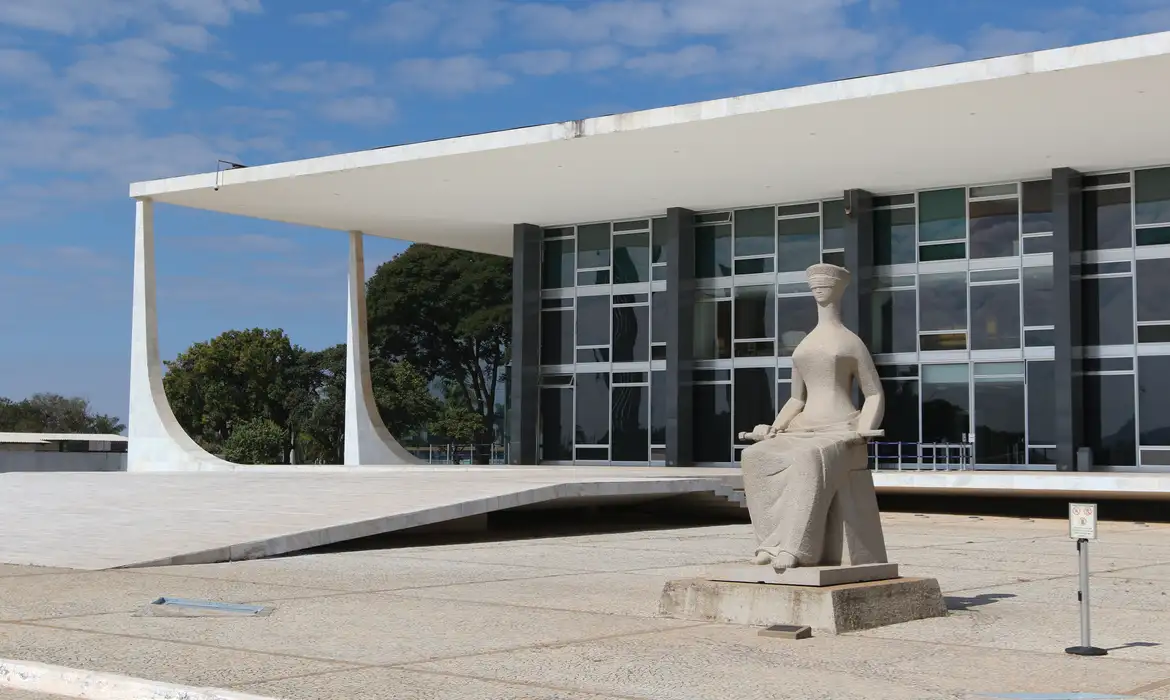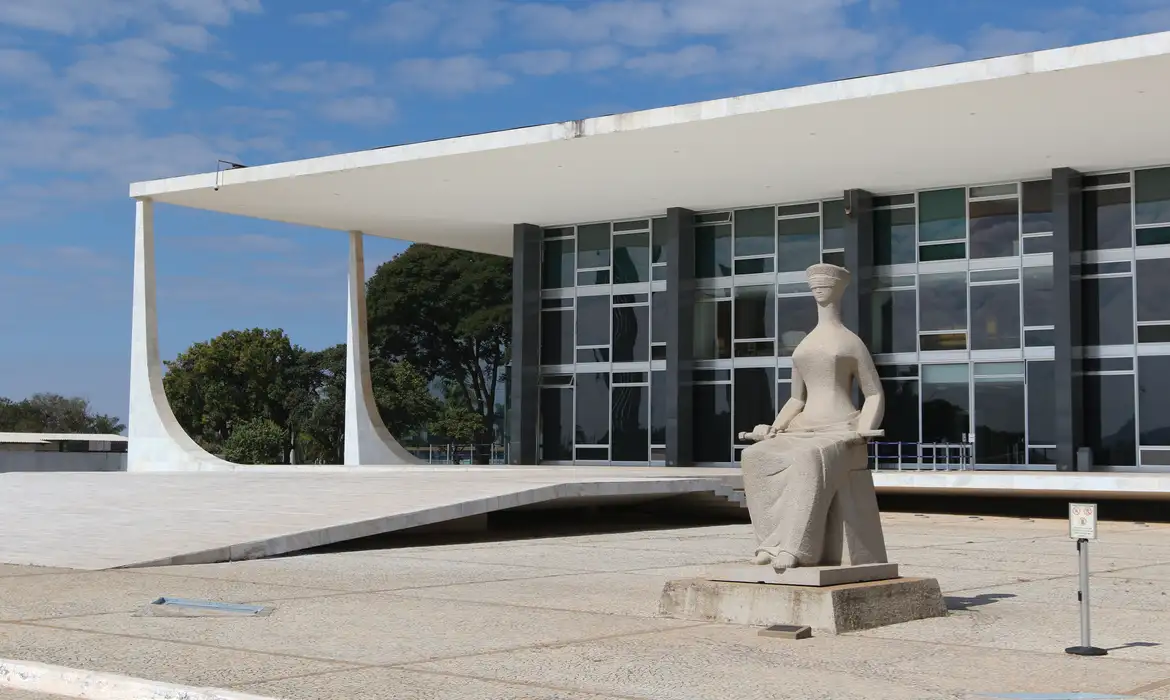Recent Changes to Transfer Pricing Rules and Limits on Deductibility of Interest
Provisional Measures 472, 476 and 478, dated respectively December 15, 23 and 29, 2009 introduced several important changes to taxation in Brazil.
Among the more important changes are limitations on the deductibility of interest paid by corporate entities domiciled in Brazil to related parties located abroad, and particularly to parties located in tax havens. The limits are indexed to the ratio of the Brazilian entity’s indebtedness vis-a-vis its net equity (thin capitalization).
Because the tax implications of capitalizing entities through equity or debt are diverse – interest is normally a tax-deductible expense, while profits distributed as dividends are not tax-deductible – limitations on levels of indebtedness are largely used in other countries to avoid the deduction of interest paid to related parties when debt-to-equity ratio exceeds certain limits. With the enactment of PM No. 472/09, interest expense on amounts of indebtedness that exceed the new thresholds will be non-deductible for purposes of Brazil’s corporate tax on profits. A 15% or 25% withholding tax also applies to such interest payments.
The new rules will certainly be subject to challenge, especially by financial institutions, whose leverage ratios are already subject to extensive regulation, as well as deemed to be necessary and usual by the Central Bank of Brazil (“BACEN”). In the interests of clarity, the government is expected to issue regulations clarifying that these rules will not extend to financial institutions.
Another important change affects the formulas employed to calculate transfer prices for purposes of import transactions, particularly with respect to the determination of the import price for purposes of deductibility (the “comparable price”). Among the various changes, of particular note are those concerning the so-called “Resale-Price-Minus-Profit Method” (“PRL”) that has been replaced by the “Sale-Price-Minus-Profit Method” (“PVL”) in view of repeated judicial and administrative decisions that found unlawful Normative Instruction No. 243/02 issued by Brazil’s Federal Revenue Service (“RFB”), which regulated the application of the PRL to imports made for incorporation into local manufacturing (known as “PLR 60%”). In order to avoid new legal challenges, the calculation formulas, which had previously been sourced from NI No. 243/02, have been maintained in their entirety by the new PM’s, except for the applicable profit margin, which will henceforth be 35%.
With respect to imports made for local manufacturing, many taxpayers will be impacted negatively as compared to the tax treatment provided by the former law (Law No. 9,430/96 of December 27, 1996, as amended by Law No. 9,959, of January 27, 2000). The new rules, in addition to reducing estimated margins from 60% to 35%, provide that the sale amount from which the profit margin will be subtracted is only the portion of the price of the final manufactured product that is proportional to the imported portion. As a result, whenever the proportion of imported elements is small in relation to total production costs, the new calculation results in a parameter price lower than that obtained under the prior law. On the other hand, the greater the proportion that the imported items’ costs are to total production costs, the lower the tax burden will be for the taxpayer as compared to the prior regime, as the profit margin has been reduced from 60% to 35%.
In view of the above-mentioned reduction in the profit margin, the new rule will always represent an advantage for companies that previously applied the PRL 60% in accordance with NI No. 243/02.
In the case of imports made solely for resale in Brazil, the changes will increase the tax burden in all cases, as the profit margin previously imposed on such transactions was 20% and has been increased to 35%.
In summary, the new transfer pricing laws should be carefully examined in light of the circumstances of each individual company and may be advantageous in certain situations as compared to the prior rules.
Brazil’s Minister of Finance is expected in the near term to issue implementing regulations for the new PM’s, especially with regard to establishing profit margins that comport with standard margins in various sectors of the economy (the establishment of such standards is expressly foreseen by the PM’s). The new PM’s will raise questions and may be challenged by taxpayers, for example, with respect to executive branch non-compliance with the constitutional principle that tax increases may only be effective after a certain established time following their publication.
The following table summarizes the primary changes resulting from the new MPs as discussed above:
|
|
Before the MPs
|
After the MPs
|
Comments
|
|
Deductibility of interest paid to related parties not located in tax havens
|
- Transfer pricing rules: (i) 6-month LIBOR + 3% spread per year; or (ii) rate established by BACEN
- General deductibility conditions: necessity, usualness, and normal character of the expense
|
- Deductibility also limited to the level of indebtedness of the Brazilian entity in relation to the equity stake of the related foreign creditor in its net equity
- The maximum proportion of 2X debt for 1X equity stake should be observed
|
Until implementing regulations are issued, these rules create various uncertainties, especially regarding their application to financial institutions, which, in our view, should be excluded from the purview of the new rules
|
|
Deductibility of interest paid to related parties located in tax havens
|
- Transfer pricing rules: (i) 6-month LIBOR + 3% spread per year; or (ii) rate established by BACEN
- General deductibility conditions: necessity, usualness, and normal character of the expense
|
- Indebtedness level with parties in tax havens for deductibility purposes limited to 30% of the Brazilian entity’s net equity
|
|
|
Deductibility of any payments made directly or indirectly to parties located in tax havens
|
- For interest and imported goods, rights, and services: transfer pricing rules
- General deductibility conditions: necessity, usualness, and normal character of the expense
|
- Deductibility also conditioned upon identification of beneficial ownership of involved parties, proof that the party located outside Brazil is operational (not passive), and provision of documentation establishing the amount of payment and of actual receipt of assets, rights or services
|
The absence of regulations raises uncertainties, as the language of the PM is subject to interpretation (e.g., payments made to parties in tax havens “directly or indirectly”; incorporated with “the sole or main objective of tax avoidance”; etc.)
|
|
Transfer pricing method in import transactions – PRL replaced by PVL
|
- PRL method: import parameter price calculated with reference to resale prices minus certain items, and profit margins of 20% (resale) or 60% (manufacturing)
- Calculation determined by NI 243 for the PRL 60% greatly reduced the parameter price, and was highly contested
|
- PVL method: import parameter price calculated with reference to sale prices minus certain items, and profit margin of 35% (both for resale and for manufacturing)
- Calculation formula remains unchanged vis-a-vis NI 243, but with profit margin changed to 35% (increased for resale and reduced for manufacturing)
|
Change motivated by questions regarding the formula set forth in NI 243 for PLR 60% of Law No. 9,430/96
Government has “legalized” the formula set forth in NI 243, changing only the profit margin to 35% for resale and manufacturing. It will henceforth be difficult to challenge the formula, as it is now established by duly enacted law
|




































